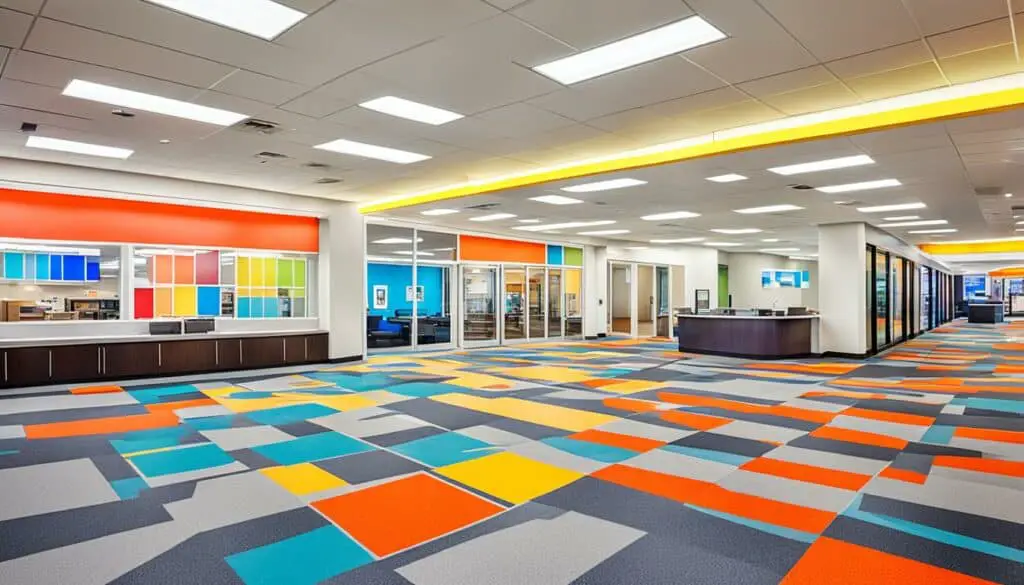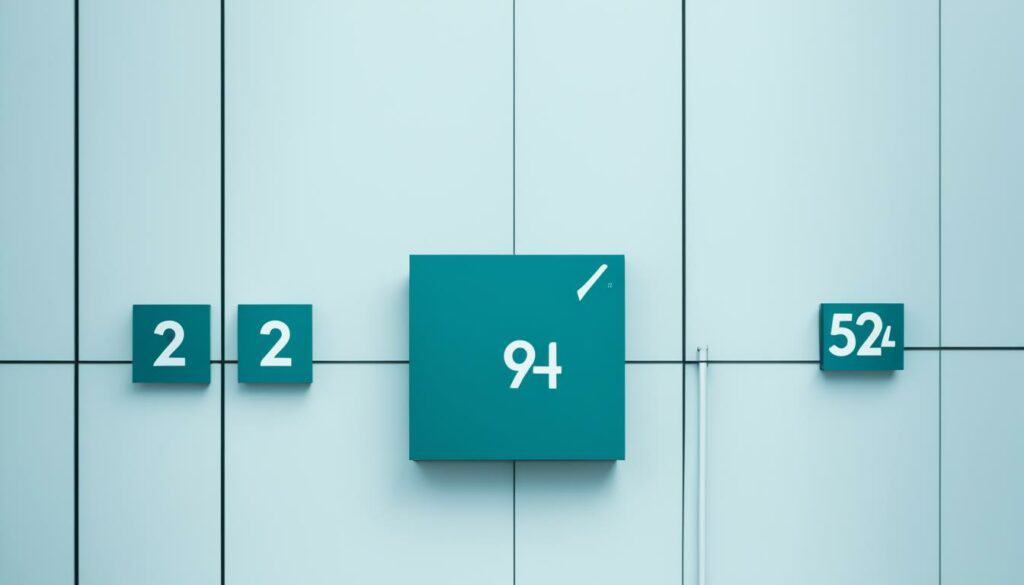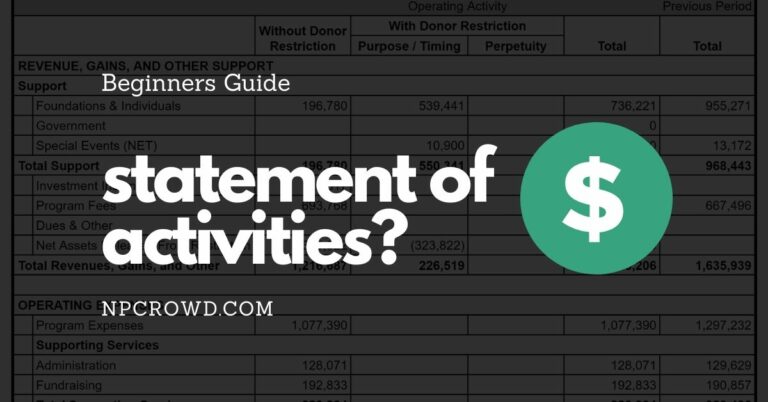Understanding CAM Charges in NNN Leases
Disclaimer: This post may contain affiliate links. These links, if used and purchases made, we may earn a small commission. These affiliate programs do not impact the recommendations we make or the resources we refer you to. Our focus is on providing you the best resources for your nonprofit journey.
Have you ever wondered why some commercial tenants have to pay additional expenses on top of their rent? Well, the answer lies in CAM charges. But what exactly are CAM charges, and how do they affect tenants and landlords in NNN leases? Let’s dive into the world of Common Area Maintenance charges and uncover the truth behind this often misunderstood aspect of commercial real estate leases.Key Takeaways:
- CAM charges are fees that tenants pay to landlords to cover the costs of managing and maintaining common areas of a commercial property.
- CAM charges can include expenses such as parking lot maintenance, lawncare, utilities, and more.
- NNN leases transfer the responsibility of CAM charges, along with property taxes and insurance, to the tenant.
- CAM charges can be calculated based on the tenant’s pro rata share of square footage in the property.
- Understanding and managing CAM charges is crucial for tenants and landlords to ensure transparency and fair distribution of expenses.
What are CAM Charges?
CAM charges, also known as Common Area Maintenance charges, are an important aspect of commercial real estate leases. These charges are fees that tenants pay to landlords to cover the expenses associated with managing and maintaining the common areas of a commercial property.
The specific costs included in CAM charges can vary depending on the lease agreement and the property. However, common expenses covered by CAM charges typically include parking lot maintenance, lawncare and landscaping, snow removal, sidewalks, hallways, bathrooms, elevators, utilities, and other operating expenses that benefit all tenants.
Having CAM charges in place ensures that the shared spaces in a commercial property are well-maintained and functional for all tenants. It provides a fair method for distributing the costs of these essential services among all parties involved.
Benefits and Challenges of CAM Charges
CAM charges offer several benefits to tenants. Firstly, they ensure that the common areas of a property are properly maintained, creating a pleasant and inviting environment for everyone. This can enhance the overall experience of tenants and their customers, contributing to a positive brand image and attracting more foot traffic.
Additionally, CAM charges promote fairness among tenants by distributing the expenses of common area maintenance among all parties. Rather than placing the burden solely on one tenant, CAM charges take into account the shared nature of these spaces and allocate costs accordingly.
However, CAM charges can also present challenges for tenants, particularly when costs rise. Increased expenses in areas such as utilities, landscaping, or maintenance can lead to higher CAM fees, resulting in additional financial burden on tenants. It is important for tenants to carefully review the terms of their lease agreement and understand the specific CAM charges applicable to their tenancy.
Overall, CAM charges play a crucial role in maintaining the common areas of commercial properties and ensuring a fair distribution of expenses among tenants. By understanding the purpose and implications of CAM charges, tenants can effectively budget and plan for these fees as part of their overall leasing costs.

Types of Commercial Leases and CAM Charges
In the world of commercial real estate leases, different lease agreements come with varying terms and obligations for tenants and landlords. One crucial aspect to consider when entering into a commercial lease is the inclusion of CAM charges. Let’s explore the different types of commercial leases and how CAM charges are handled in each.
Triple Net Lease (NNN Lease)
In a triple net lease, commonly abbreviated as NNN lease, tenants are responsible for paying CAM charges in addition to property taxes and insurance expenses. This type of lease places a significant portion of expenses on the tenant. However, in exchange, tenants often benefit from lower base rents compared to other lease types.
Net Net Lease (NN Lease)
A net net lease, also known as NN lease, requires tenants to cover property taxes and insurance expenses. However, unlike a triple net lease, the landlord assumes the responsibility of paying CAM charges. This arrangement allows tenants to have a clearer understanding of their financial obligations and simplifies their monthly expenses.
Net Lease
Under a net lease, tenants bear the responsibility of paying property taxes. CAM charges and insurance expenses are typically covered by the landlord. This type of lease shifts a part of the expenses to the tenant while still providing some flexibility compared to a triple net lease.
Gross Lease
A gross lease is a lease type that includes all expenses related to the property, such as CAM charges, property taxes, and insurance, within the base rent. Tenants under a gross lease do not have separate payments for these additional costs. This lease structure often appeals to tenants seeking a simpler and predictable monthly rental payment.
Now that we have explored the different types of commercial leases and how CAM charges are incorporated, it’s essential for both tenants and landlords to carefully review their lease agreements to understand their specific obligations and ensure transparency in the sharing of financial responsibilities.
| Lease Type | CAM Charges | Property Taxes | Insurance |
|---|---|---|---|
| Triple Net Lease (NNN Lease) | Tenant’s responsibility | Tenant’s responsibility | Tenant’s responsibility |
| Net Net Lease (NN Lease) | Landlord’s responsibility | Tenant’s responsibility | Tenant’s responsibility |
| Net Lease | Landlord’s responsibility | Tenant’s responsibility | Tenant’s responsibility |
| Gross Lease | Included in base rent | Included in base rent | Included in base rent |

How are CAM Charges Calculated?
When it comes to calculating CAM charges, various factors come into play, all of which depend on the specific lease agreement. One commonly used method involves determining each tenant’s pro rata share of the property’s square footage and then calculating CAM charges based on this share.
Let’s break it down:
- Step 1: Determining the Pro Rata Share
To start, the landlord needs to determine the square footage that each tenant occupies within the property. This can be done through accurate measurements or referencing the lease agreement. Once the square footage is determined for each tenant, their pro rata share is calculated. This is often done by dividing the tenant’s square footage by the total square footage of the property.
- Step 2: Calculating CAM Charges
With the pro rata share established, the landlord then calculates the CAM charges. This involves dividing the total CAM expenses for the property by the total square footage. The resulting value is the cost per square foot for CAM charges.
- Step 3: Allocating CAM Charges
The calculated cost per square foot is then multiplied by each tenant’s individual square footage to determine their specific CAM charges. These charges are typically added to the tenant’s rent, allowing them to contribute their fair share toward the property’s common area maintenance.
It’s important to note that other factors, such as the occupancy rate and specific lease terms, can also influence how CAM charges are calculated. Landlords may consider incorporating additional expenses or adjustments based on these factors, ensuring a more accurate distribution of costs.
Example:
Let’s consider a commercial property with a total square footage of 10,000 square feet. Tenant A occupies 3,000 square feet, Tenant B occupies 2,500 square feet, and Tenant C occupies 4,500 square feet.
| Tenant | Square Footage | Pro Rata Share (%) | CAM Charges |
|---|---|---|---|
| Tenant A | 3,000 | 30 | $3,000 |
| Tenant B | 2,500 | 25 | $2,500 |
| Tenant C | 4,500 | 45 | $4,500 |
In this example, the total CAM expenses for the property amount to $10,000. By dividing this amount by the total square footage of 10,000, the calculated cost per square foot is $1. Each tenant’s CAM charges are then calculated by multiplying their respective square footage by the cost per square foot.

Conclusion
Understanding CAM charges is crucial for tenants and landlords involved in commercial real estate leases, especially in the case of NNN leases. These charges, which cover the costs of common area maintenance, can have a significant impact on the financial aspects of a lease agreement. Tenants should carefully review their lease terms to gain a clear understanding of the specific CAM charges that apply to their lease and, if possible, negotiate them.
For tenants, effectively managing CAM charges is essential to ensure that they are only paying their fair share of the expenses. By thoroughly examining the expenses included in CAM charges and understanding how they are calculated, tenants can have better control over their leasing costs. Negotiating the inclusion and scope of CAM charges during lease negotiations can also help tenants minimize future financial burdens.
Landlords, on the other hand, should accurately calculate and communicate CAM charges to ensure transparency and fairness in expense distribution. Providing clear information and documentation regarding the common area maintenance costs enables tenants to understand the basis for their share of expenses. It is in the best interest of landlords to establish a transparent and trustworthy relationship with tenants by implementing fair practices in managing CAM charges.
Ultimately, by understanding and managing CAM charges effectively, both tenants and landlords can navigate the complex landscape of commercial real estate leases with confidence. Being informed about the specific details and costs associated with CAM charges empowers both parties to make informed decisions and maintain a fair and mutually beneficial lease agreement.
FAQ
What are CAM charges?
CAM charges, or Common Area Maintenance charges, are fees that tenants pay to landlords to cover the costs of managing and maintaining the common areas of a commercial property. These charges include expenses such as parking lot maintenance, lawncare and landscaping, snow removal, utilities, and other operating expenses.
What is an NNN lease?
An NNN lease, also known as a triple net lease, is a type of commercial lease where the tenant is responsible for paying CAM charges, property taxes, and insurance expenses. In an NNN lease, the tenant bears more of the expenses but typically enjoys lower rents.
What types of leases include CAM charges?
CAM charges can be included in various types of commercial leases. In addition to NNN leases, there are also net leases, where the tenant pays property taxes and insurance, and gross leases, where the tenant pays all expenses, including CAM charges, property taxes, and insurance.
How are CAM charges calculated?
CAM charges are typically calculated by determining each tenant’s pro rata share of the property’s square footage and then dividing the total CAM expenses by the total square footage. The resulting cost per square foot is added to each tenant’s rent to cover their share of the expenses.
Why are CAM charges important?
Understanding CAM charges is crucial for tenants and landlords involved in commercial real estate leases, especially NNN leases. These charges can have a significant impact on the financial aspects of a lease agreement, and both parties should carefully review and negotiate them if necessary to ensure transparency and fair distribution of expenses.







